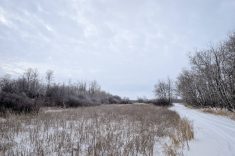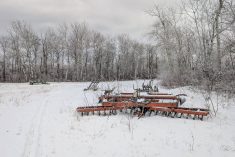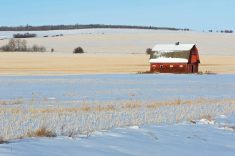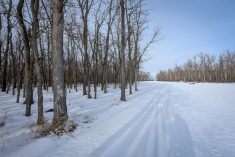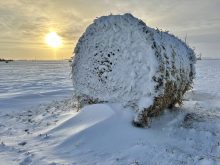CNS Canada — Sporadic rains and prolonged periods of dryness are taking their toll on forage crops in Alberta and parts of Saskatchewan.
According to Terry Kowalchuk, a forage crop specialist with Saskatchewan Agriculture in Regina, the eastern half of the province is managing, but the situation is worse in the province’s west.
The western half “is severely affected with yields severely reduced — about less than half of what we would normally get,” he said.
Some cereal greenfeed crops are likely OK for now, he said, but he’s not sure any hay has been taken off so far in the drier areas.
Read Also
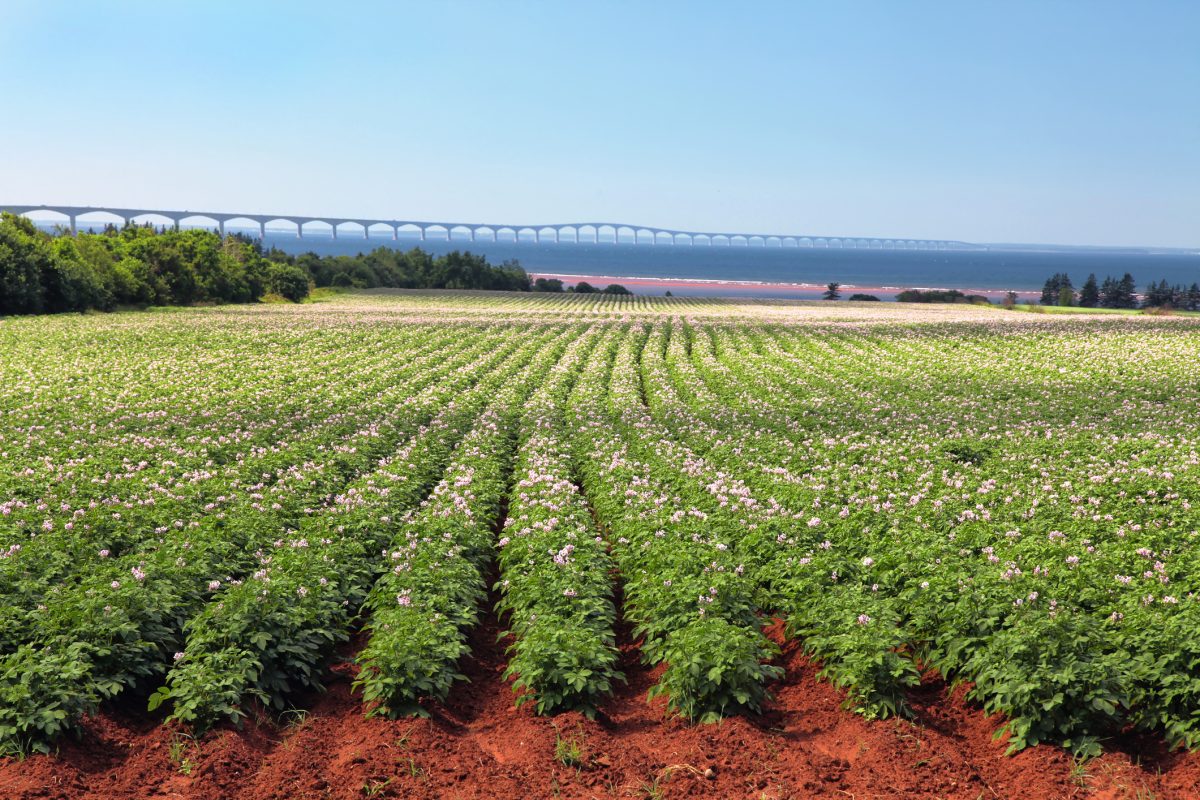
CFIA looks for feedback on proposed seed potato rule changes
The Canadian Food Inspection Agency is looking for public and industry input on proposed amendments to regulations around seed potatoes.
The situation is similar in much of eastern Alberta, according to the chair of the Alberta Forage Industry Network.
“Some growers in the east are holding off cutting, just because there’s not much growing,” said Christine Fulkerth of Olds.
With forecasts calling for temperatures to reach the high 20s C and even low 30s in both provinces, Fulkerth and Kowalchuk said the situation will have to be monitored closely.
“(Cattle) producers are basically looking at their current herds, assessing their needs and looking for alternative supplies,” said Kowalchuk.
Fulkerth said some forages actually look good in places between Red Deer and Calgary — but fields outside Provost and Vermillion, near the Saskatchewan border, were definitely hurting.
— Dave Sims writes for Commodity News Service Canada, a Winnipeg company specializing in grain and commodity market reporting.



